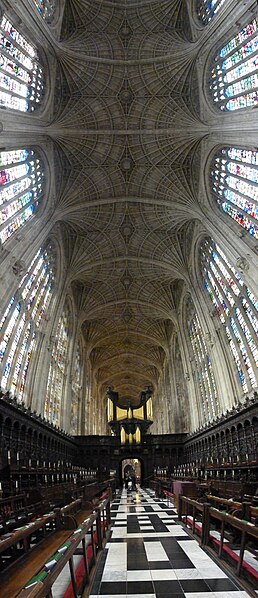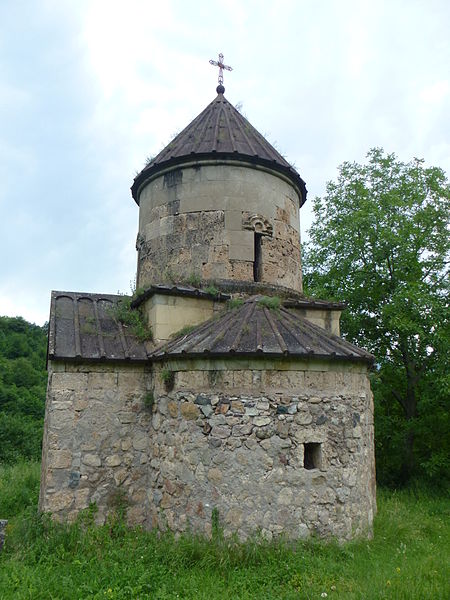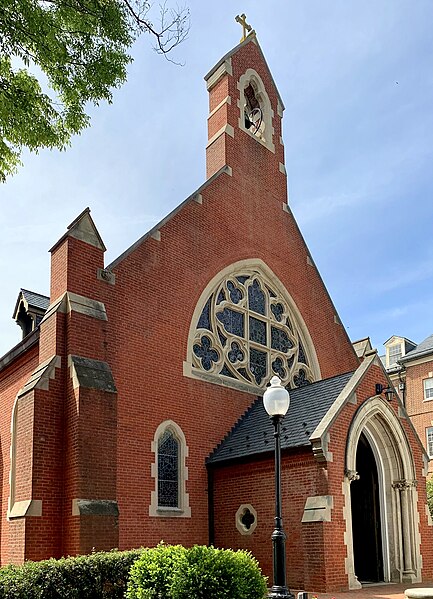King's College Chapel, Cambridge
King's College Chapel is the chapel of King's College in the University of Cambridge. It is considered one of the finest examples of late Perpendicular Gothic English architecture and features the world's largest fan vault. The Chapel was built in phases by a succession of kings of England from 1446 to 1515, a period which spanned the Wars of the Roses and three subsequent decades. The Chapel's large stained glass windows were completed by 1531, and its early Renaissance rood screen was erected in 1532–36. The Chapel is an active house of worship, and home of the King's College Choir. It is a landmark and a commonly used symbol of the city of Cambridge.
King's College Chapel (partly obscured by the Gibbs' Building) seen from The Backs
The world's largest fan vault, built between 1512 and 1515 in King's College Chapel
Fan vaulting diagram
The Great East Window
A chapel is a Christian place of prayer and worship that is usually relatively small. The term has several meanings. First, smaller spaces inside a church that have their own altar are often called chapels; the Lady chapel is a common type of these. Second, a chapel is a place of worship, sometimes interfaith, that is part of a building, complex, or vessel with some other main purpose, such as a school, college, hospital, palace or large aristocratic house, castle, barracks, prison, funeral home, cemetery, airport, or a military or commercial ship. Third, chapels are small places of worship, built as satellite sites by a church or monastery, for example in remote areas; these are often called a chapel of ease. A feature of all these types is that often no clergy were permanently resident or specifically attached to the chapel.
Chapel of St Michael and St George at St Paul's Cathedral in London
The Tsrviz Chapel in Armenia, one of the oldest chapels in the world
The Cappella Palatina in Palermo, Italy (pictured), and the Palatine Chapel in Aachen, two of the most famous palace chapels of Europe
Dahlgren Chapel of the Sacred Heart, a Catholic chapel on the campus of Georgetown University in Washington, D.C.








